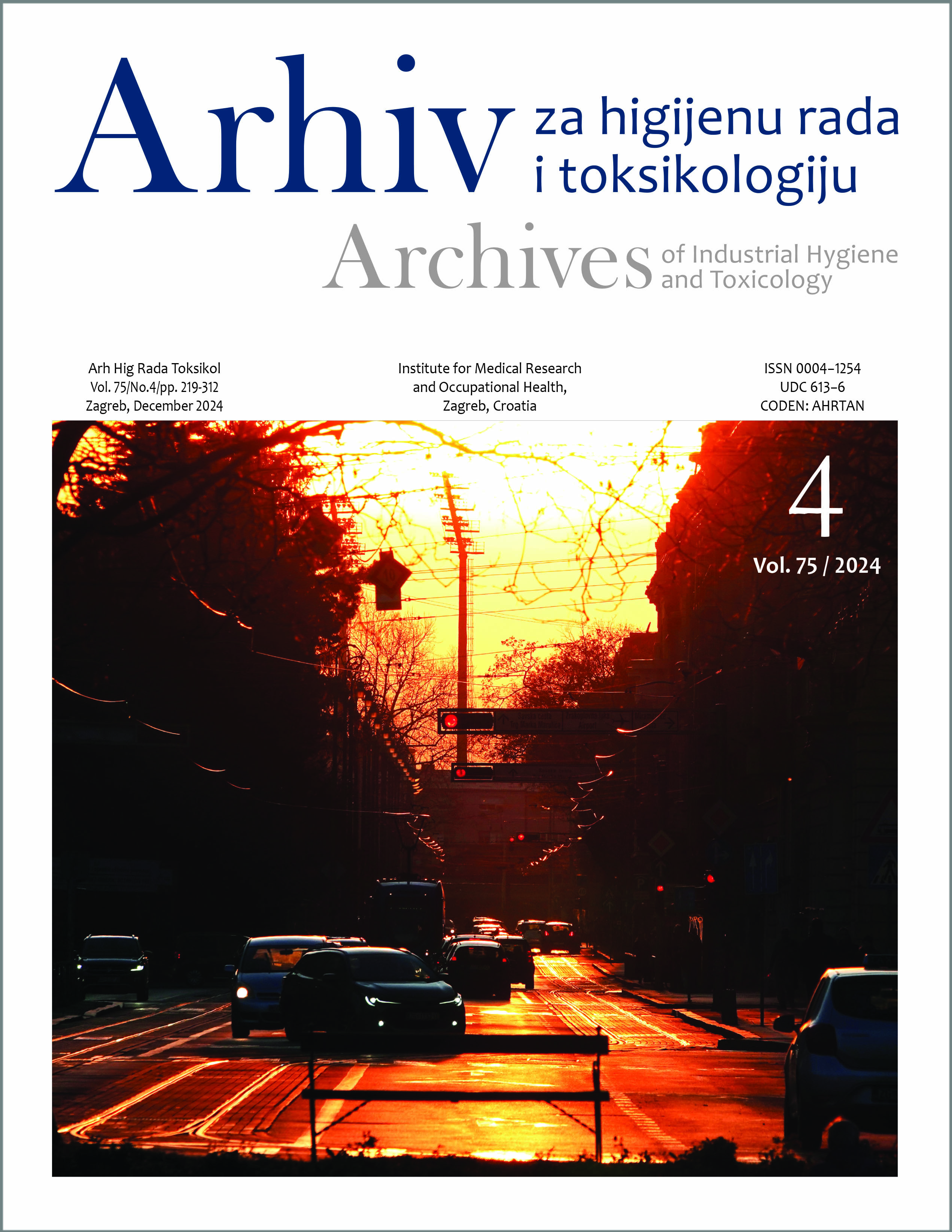Body composition and nutritional status in nursing home residents during the COVID-19 lockdown: a 15-month follow-up
DOI:
https://doi.org/10.2478/aiht-2024-75-3886Keywords:
bioelectrical impedance, elderly, pandemic, Mini Nutritional Assessment form, osteosarcopenic adiposityAbstract
Since the beginning of the corona virus disease (COVID-19) pandemic, nursing home residents had been under strict quarantine, which greatly affected their lifestyle and health. In this follow-up study, we analysed whether lifestyle changes during the lockdown had an impact on their body composition and nutritional status. For this purpose we determined body composition, nutritional status, and osteosarcopenic adiposity (OSA) prevalence in 24 volunteer nursing home residents just before the February 2020 COVID-19 lockdown and about 15 months into the lockdown. Body composition (total bone mass, lean and fat tissue components) was assessed with bioelectrical impedance. OSA was established if the participants had sarcopenia, osteopenia, and adiposity. Information on dietary habits, weight loss, and self-perception of health were obtained with the Mini Nutritional Assessment (MNA) form, while nutritional status was assessed with the MNA-Short Form (SF). At baseline, OSA was determined in 14 participants and at the follow-up in 16 participants. The results show an overall decrease in bone and lean tissues and increase in fat tissue. There were significantly more participants with a normal nutritional status than those at risk of malnutrition or malnourished (p=0.045). Our findings suggest that negative changes in body composition during the pandemic are owed to age rather than to changes in lifestyle caused by the pandemic. Regular monitoring of body composition in nursing homes may help to preserve the health of older people in general and particularly in cases of possible future lockdowns.














